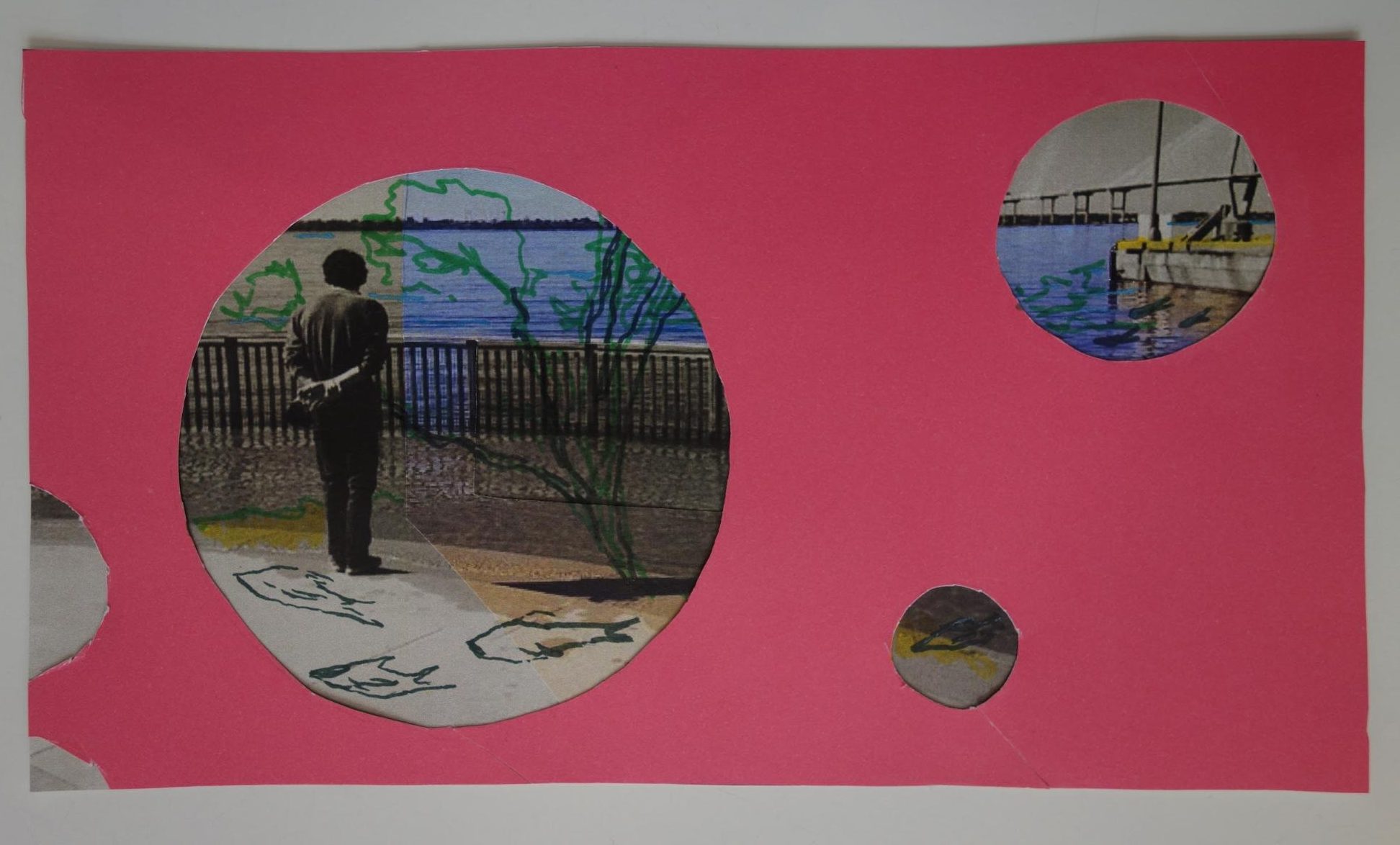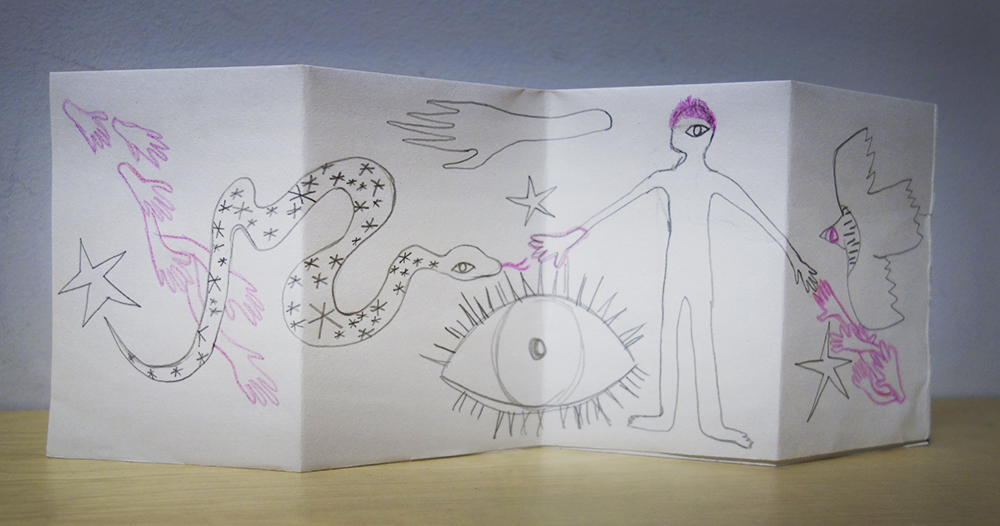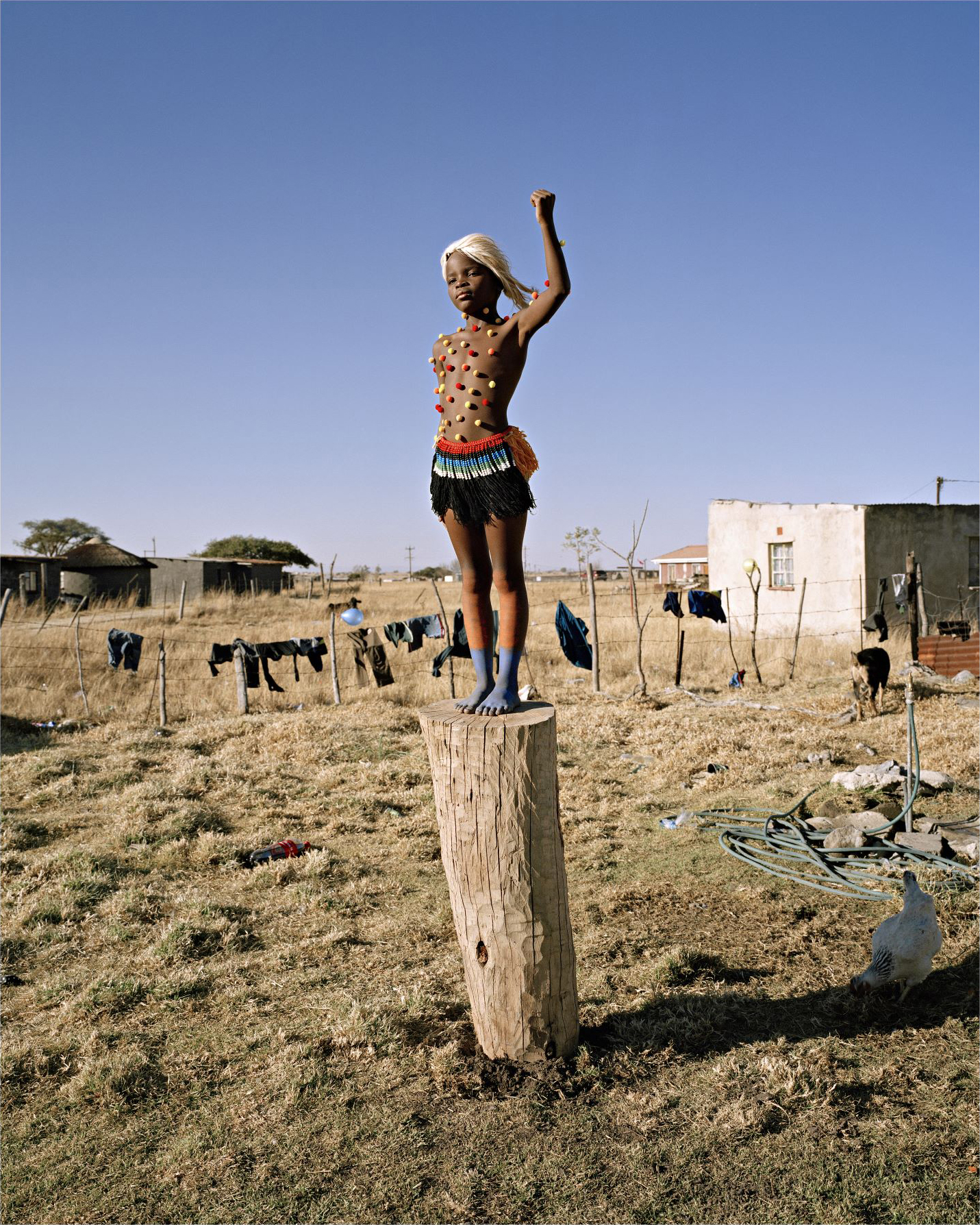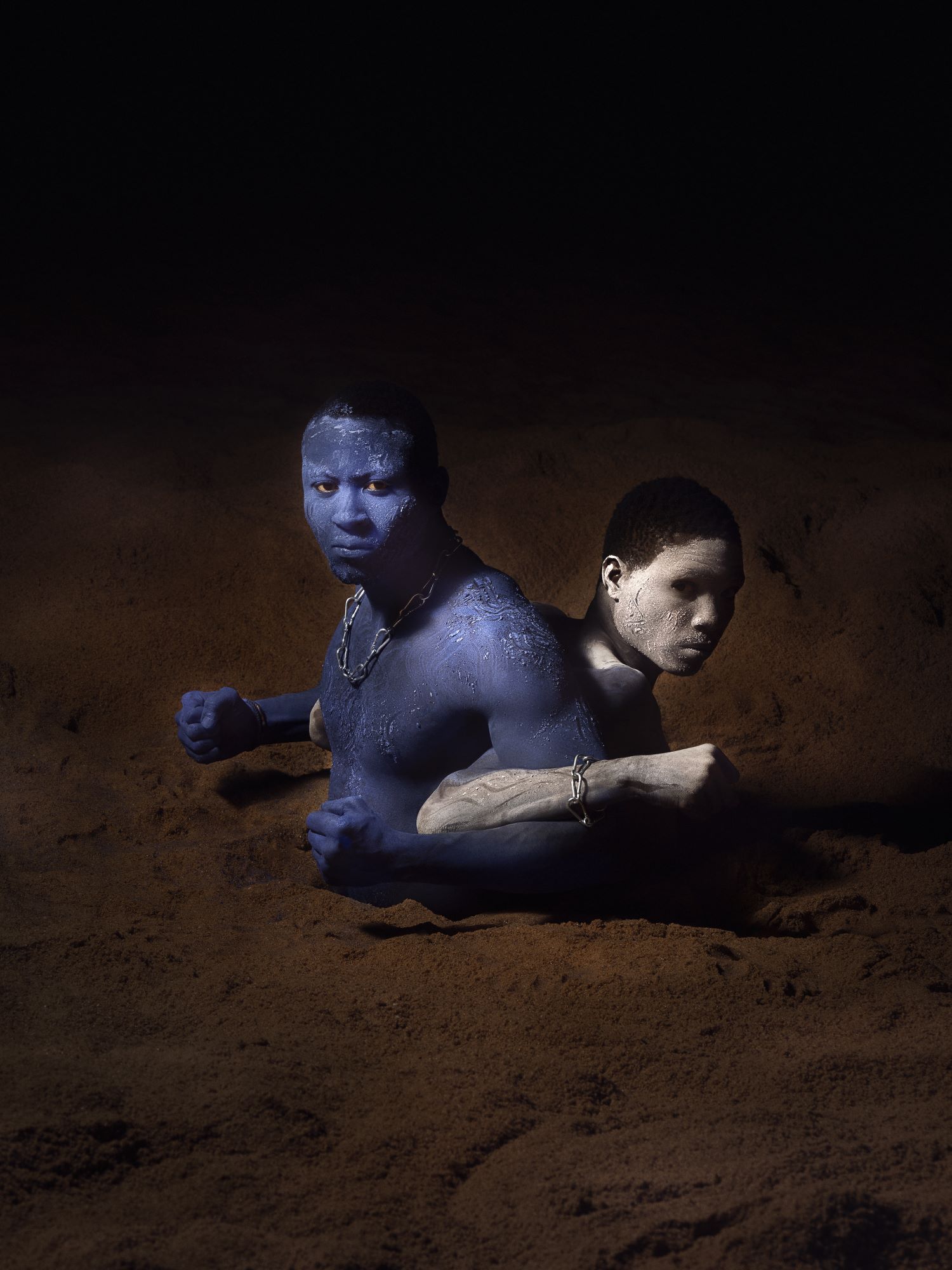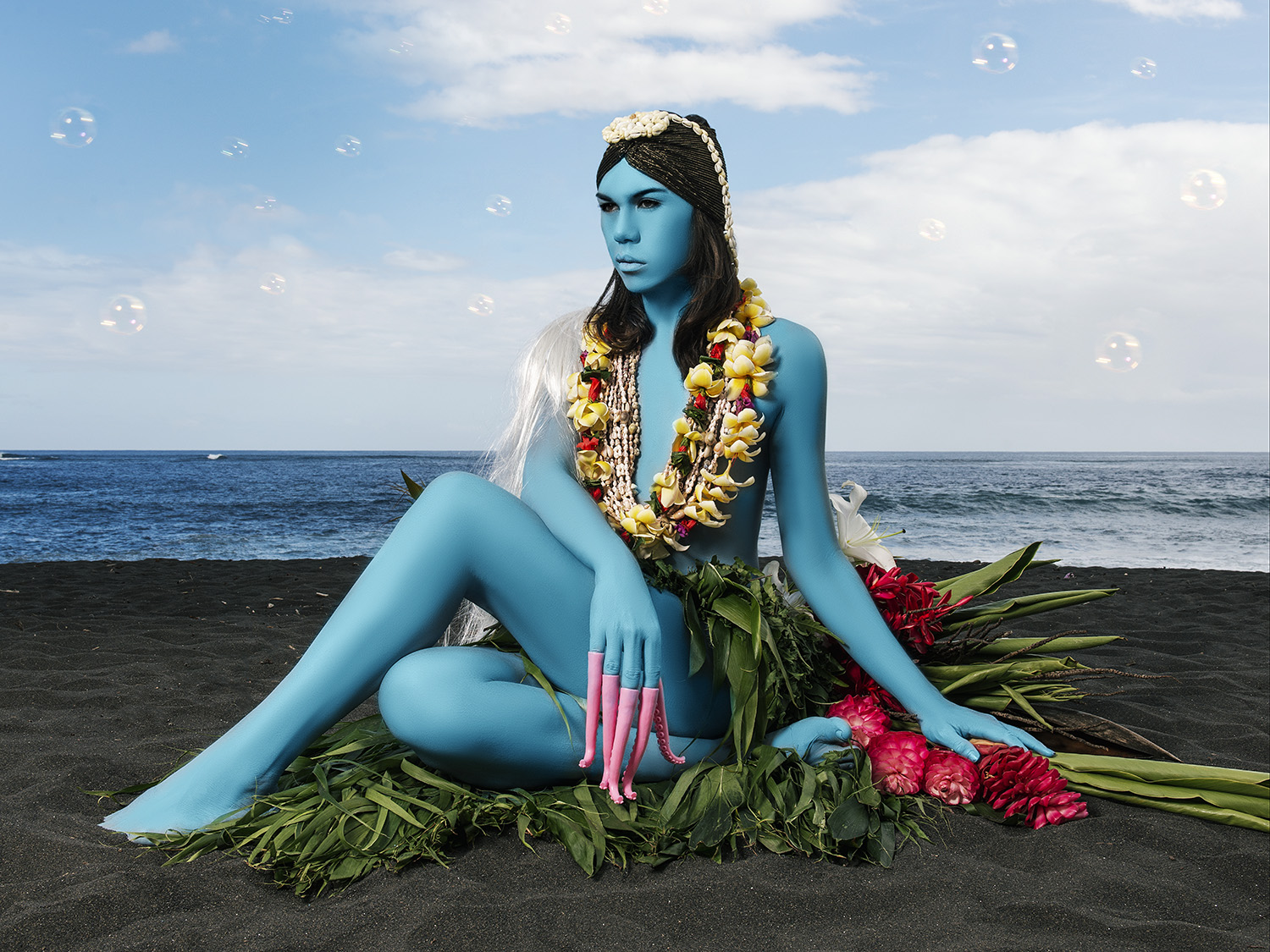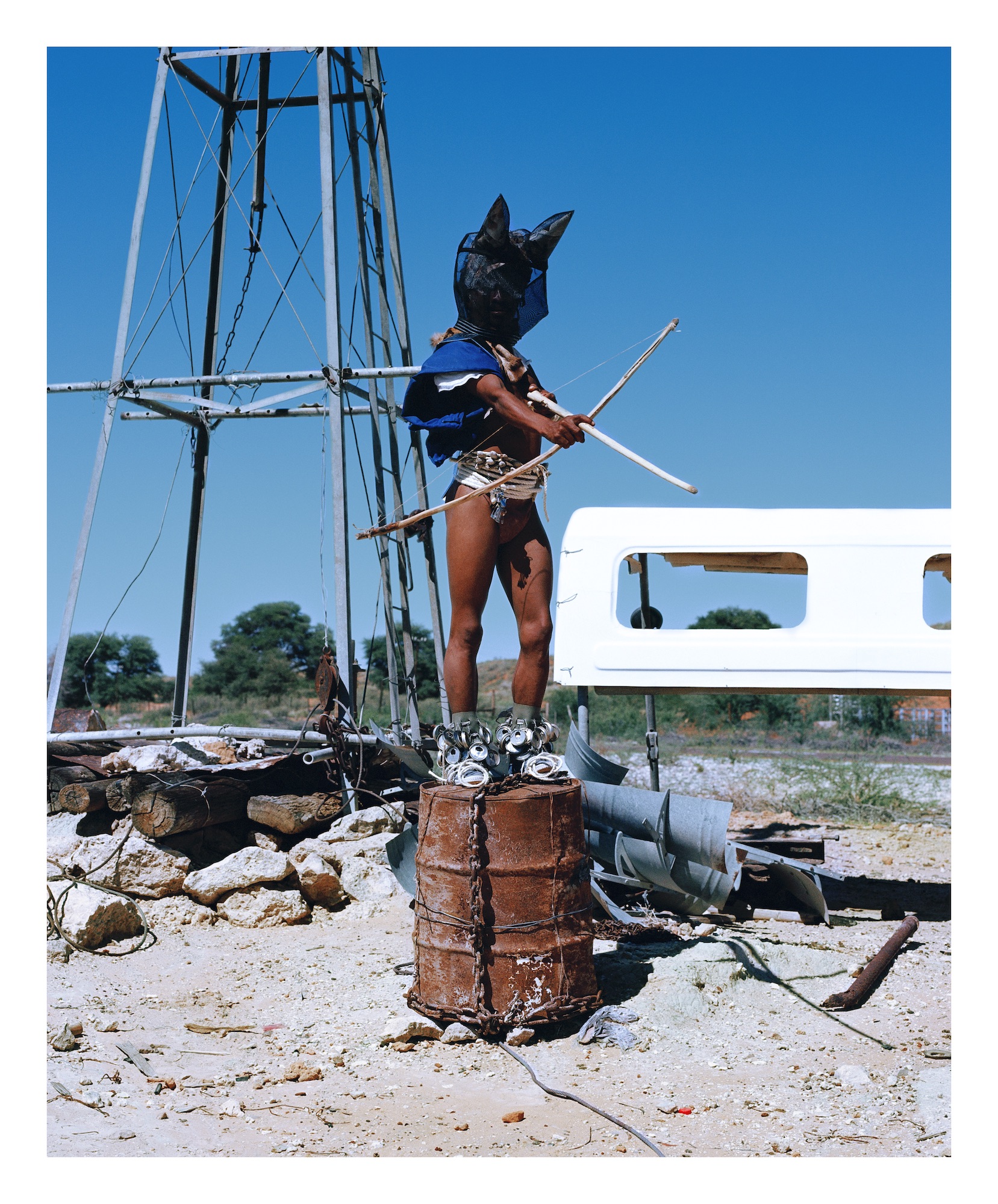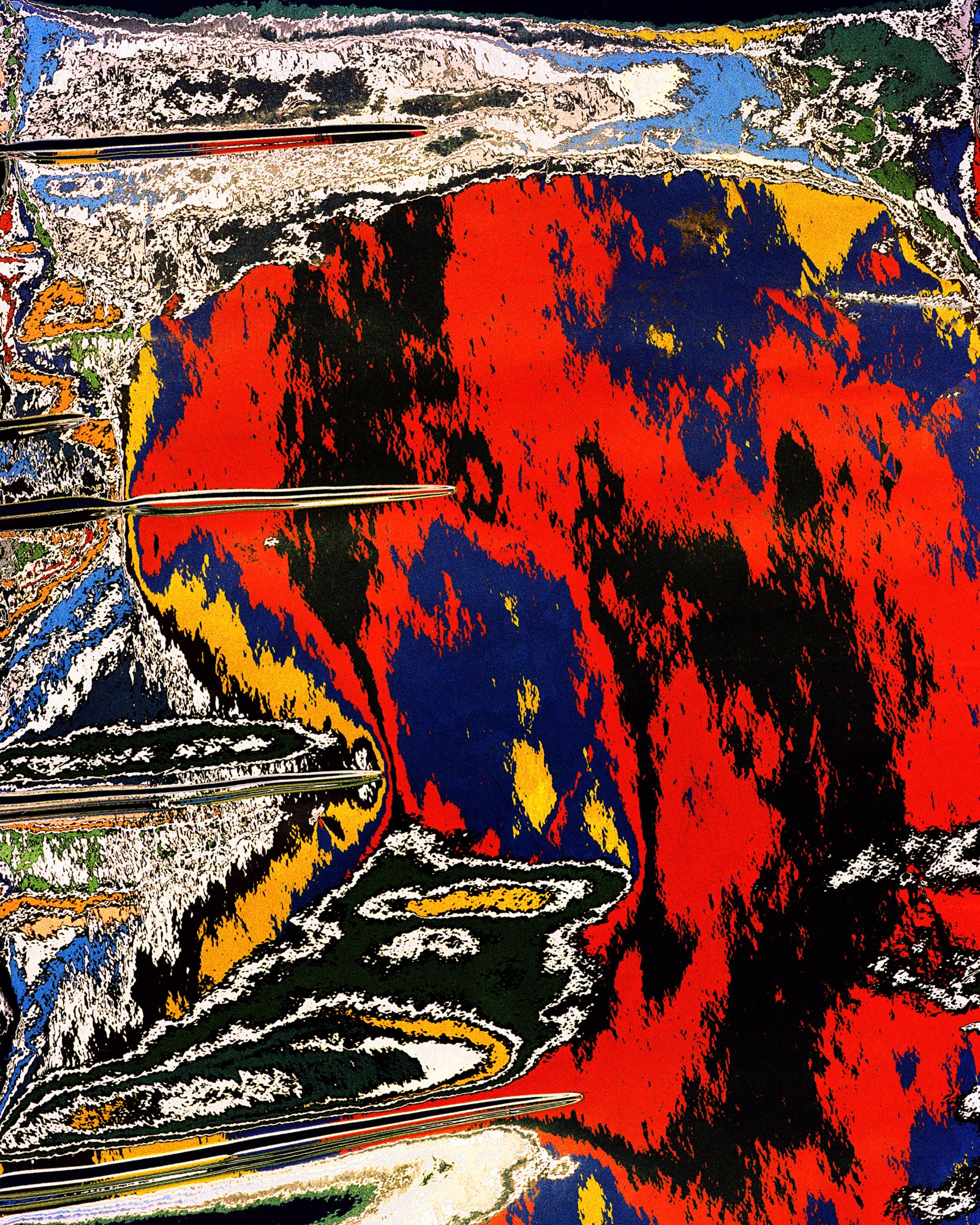EDU BLOG ARCHIVES
Do you have young learners on a break from school? Our Education Coordinator EJ has built art activity blog posts with you in mind! They explored our recent exhibitions archive to create step-by-step illustrated guides to help add a little art to your heart as many families gather together. If you complete this activity, please send us pictures of your final creations! This is the second of two posts.
READ WHOLE POST [+]
Do you have young learners on a break from school? Our Education Coordinator EJ has built art activity blog posts with you in mind! They explored our recent exhibitions archive to create step-by-step illustrated guides to help add a little art to your heart as many families gather together. If you complete this activity, please send us pictures of your final creations! This is the first of two posts.
READ WHOLE POST [+]
During "Namsa Leuba: Crossed Looks" College of Charleston English faculty member Dr. Anthony Varallo brought his courses for a tour of the exhibition. After hearing background information on Namsa Leuba and learning about the art director and photographer’s methodology and the consistent threads in her work, the students were tasked with creating ekphrastic responses to works in the exhibition. After writing poems, prose, and short stories the students shared their pieces with their classmates. A handful of the students also agreed to contribute their work to our blog. Thank you to Imogen, Canaan, Ryle, and Julia for sharing your work with us!
READ WHOLE POST [+]
We asked fall 2021 intern Sarah to complete one of the "Questions for Viewing" from our teaching packet for Namsa Leuba: Crossed Looks. She chose a question that asks viewers to translate a visual work into a written description then see if a friend can find the piece you are describing.
Here are Sarah's description is below. Why don’t you try it for yourself? You can see this activity and all the other writing prompts by clicking here. Even if you can’t make it into our galleries to do this activity, you can still see Crossed Looks by checking out the virtual exhibition!
READ WHOLE POST [+]
We asked fall 2021 intern Sarah to complete a couple of the "Questions for Viewing" from our teaching packet for Namsa Leuba: Crossed Looks. She chose a question that asks viewers to imagine a conversation between two works of art and one that asks viewers to pose as a photograph subject and imagine their feelings.
Below are Sarah's answers. Why don’t you try it for yourself? You can see this activity and all the other writing prompts by clicking here. Even if you can’t make it into our galleries to do this activity, you can still see Crossed Looks by checking out the virtual exhibition!
READ WHOLE POST [+]
We asked fall 2021 intern Sarah to complete a writing activity from our teaching packet for Namsa Leuba: Crossed Looks. She chose the Collage activity. This is an image of Sarah's collage. Why don’t you try making one as well! You can see this activity and all the other writing prompts by clicking here. Even if you can’t make it into our galleries to do this activity, you can still see Crossed Looks by checking out the virtual exhibition!
READ WHOLE POST [+]
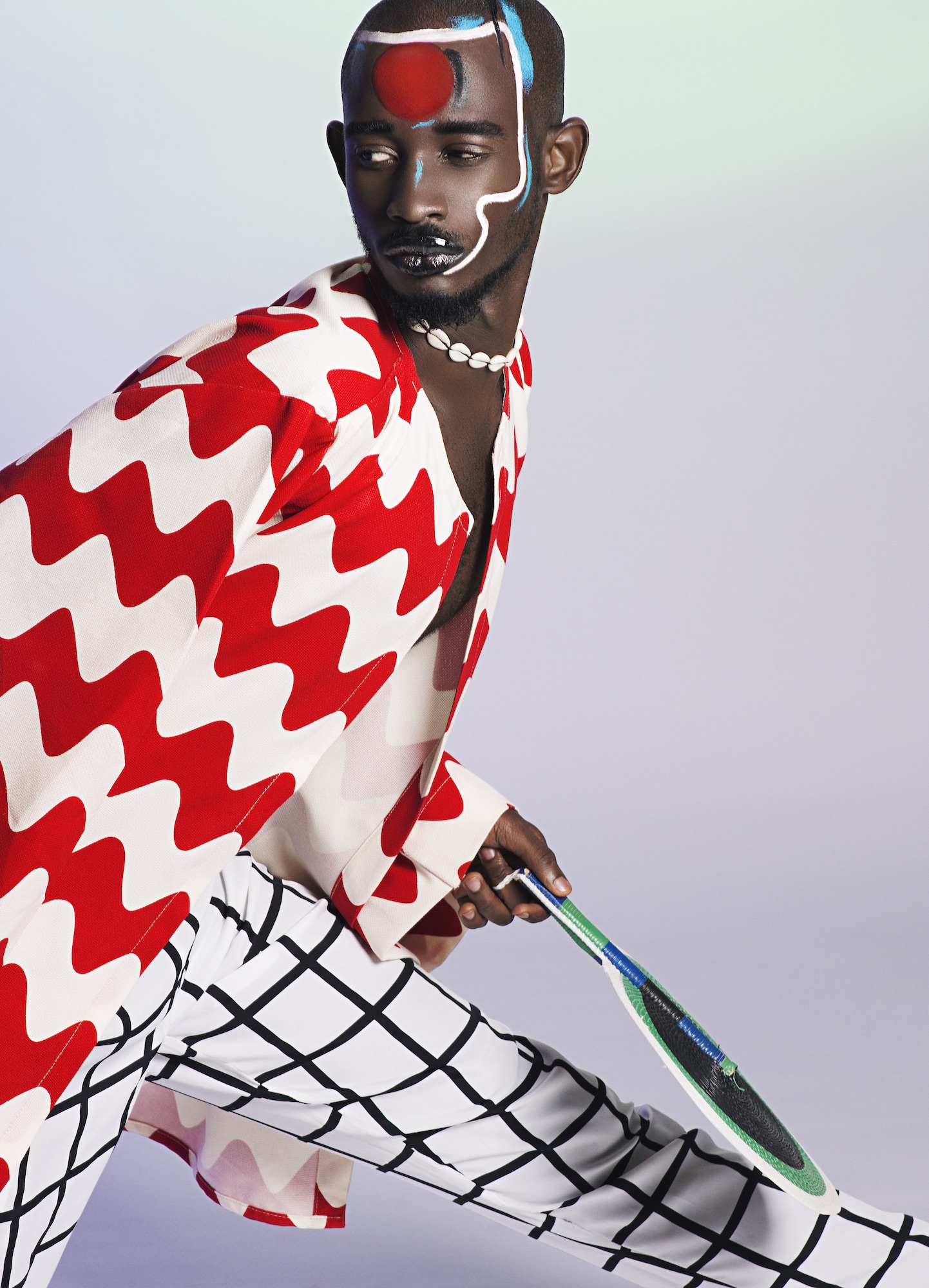
Namsa Leuba produced the series Next Generation Lagos during her artist residency in Nigeria in 2015, and the works show off the vibrant, powerful, and creative youth culture within the city of Lagos. Leuba captured the energy of the city of Lagos, or as she affectionately refers to it as “Lagos-chaos”. This series Next Generation Lagos explores Leuba’s interest and exquisite eye for fashion photography. The bright colors help pay homage to traditional textiles worn in Lagos; however, their design and fluidity help pave the way for the Next Generation (of) Lagos to feel more freedom in their dress and break free from traditional norms and stigmas. In Lagos, men and women have been following a specific dress conventions featuring loose-fitted vibrant textiles. Men would have short hair, women would have long hair, and women are the only ones who wear makeup. The series Next Generation Lagos breaks cultural norms and offers a new way of self-expression that loosely pays homage to tradition. Specifically, within the series, the piece Emmanuel II, from 2015, the man pictured follows the tradition with bright colors and loose-fitting clothing. However, his face has face paint and makeup, and he breaks the traditional style of dress and wears westernized formal attire. The youth of Lagos broke the established Nigerian boundaries of fashion, and through their studio portraits, Leuba captures their innovation and determination.
READ WHOLE POST [+]
Illusions is Namsa Leuba’s newest series made during her two-year stay in Tahiti, photographing her relationships with community members. The series explores the fetishization of the Other in Western society, particularly within art and media.
In tandem with Leuba’s other work, Illusions explores the Western tendency to see other cultures as the Other. Gauguin’s paintings of Tahiti depicted images of indigenous women naked or ‘exotic’ for Western viewers, further othering the Tahitian people. Many times, Western viewers do not see the cultural history present that is recognizable iconography to many African people in Leuba’s work, sometimes mistaking it as simply fashion editorials.
READ WHOLE POST [+]
Spirit’s Turf
Mon Oct 18, 2021
Though I truly believe that this is a wonderful and very impressive exhibition, the first photo to really stand out to me however, was Koos, from the series Khoisan. There is something very mythical about this piece and all together I think the body of work contains a very folkloric essence to it, delving upon African lore and legend. Within this work, Namsa experiments with anachronistic costumes and environments, seeking to subvert the traditional and Western perceptions of African Culture.
READ WHOLE POST [+]
Inspired by the Ndebele culture located in Northeastern South Africa, Namsa Leuba’s Ndebele Patterns photographic series is a distorted and unrecognizable representation of the Ndebele wall paintings that originate as far back as the 18th century. The patterns painted by this culture have immense symbolism for the people who create them, with each color, line, and shape having specific meanings. These meanings range from self-identity and prayers to emotions and marriages.
READ WHOLE POST [+]


